The Magnum photographer has been awarded £30,000 for Mediations, the most comprehensive European retrospective of her work to date
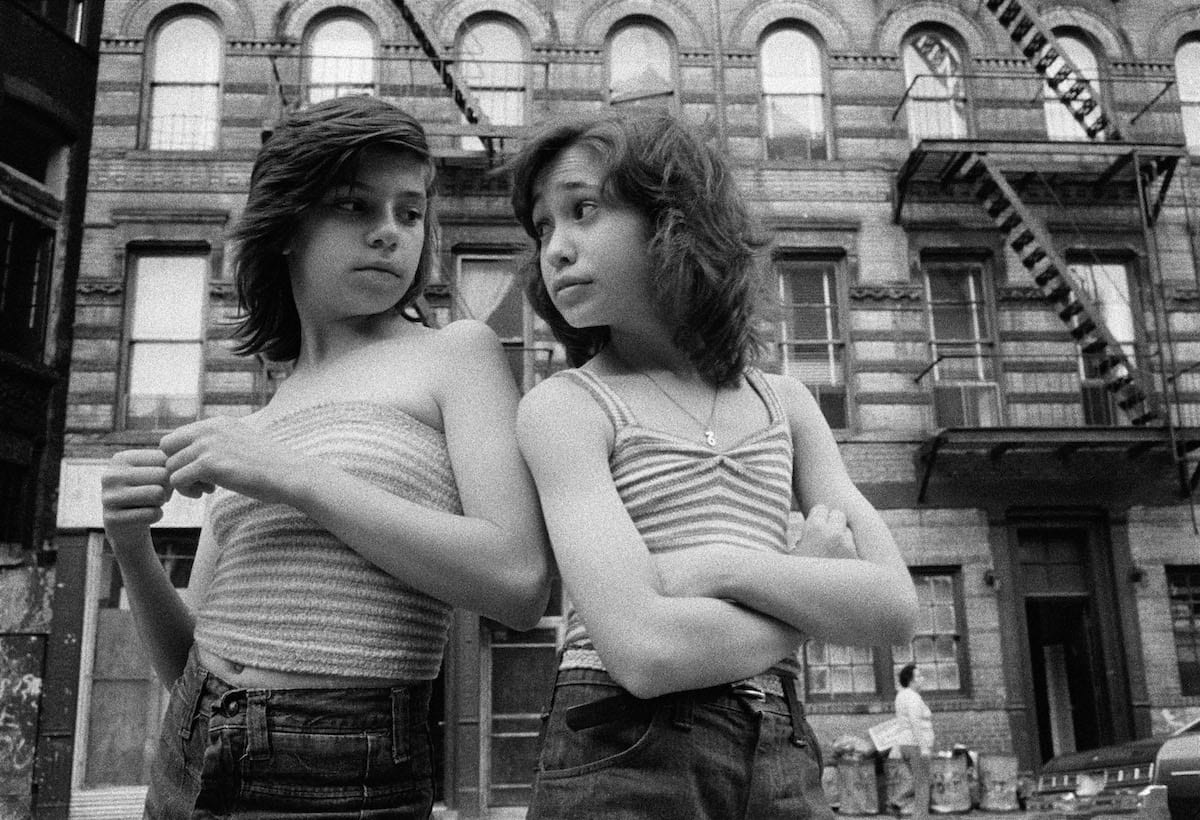

The Magnum photographer has been awarded £30,000 for Mediations, the most comprehensive European retrospective of her work to date
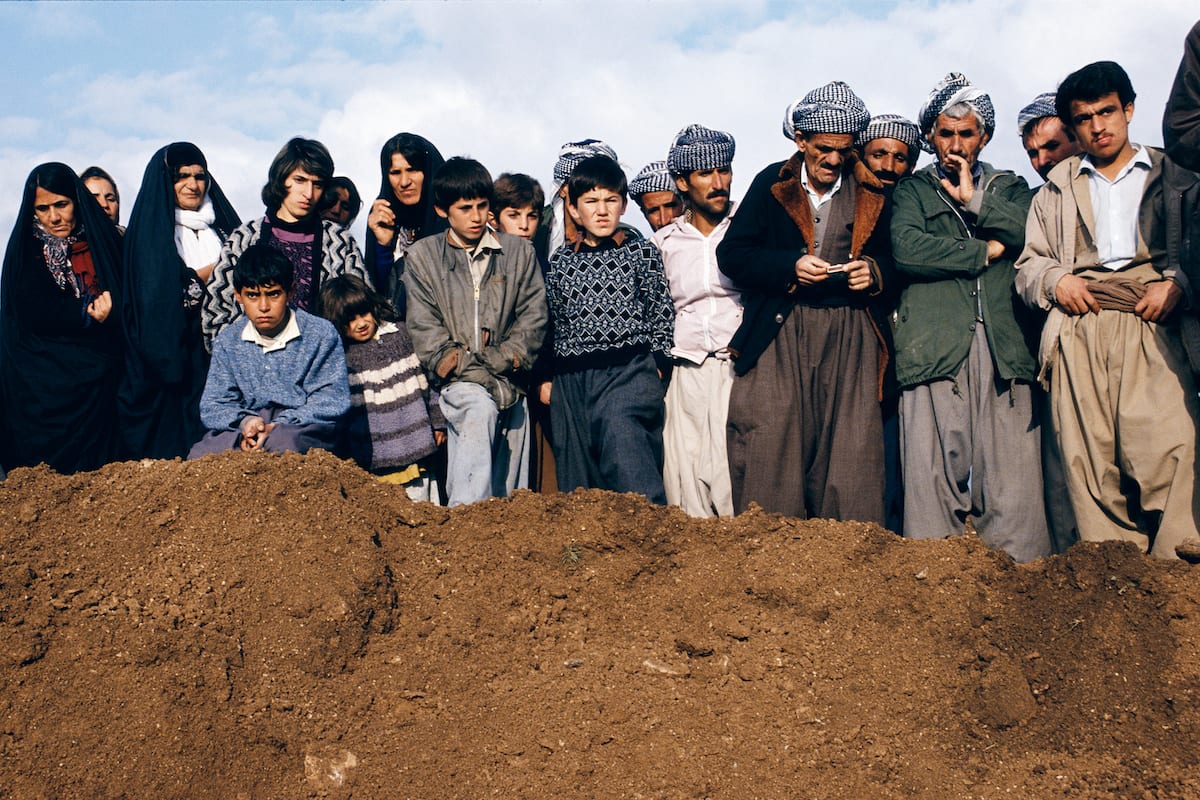
Ahead of the announcement of the Deutsche Börse Photography Foundation Prize on 16 May, BJP-online speaks to shortlisted photographer Susan Meiselas about her ongoing engagement with the Kurdish diaspora

Multiple jigsaws, almost completed, are laid out in the living room. On the sideboard, porcelain creatures jostle for space with family photos – a marriage scene, a smiling elderly couple, kids in the park. Dolls are piled high on a chair in the corner, arranged in a chaotic arc. White masks, like those from the Venice Carnival, are positioned across one wall. The wallpaper is a scene from a seaside town – spinning Ferris wheels, winding rollercoasters, fairground murals – yet the paper itself is pockmarked with holes and stains.
Richard Billingham, who grew up in this environment, describes the room as “carnivalesque”. When he lived here, in Cradley Heath in the West Midlands, he did so with his mother Liz and, after she moved out, his father Ray. This jam of decorative stuff was all Liz. She had winding, flowering roots and flowers tattooed across her arms. She wore floral dresses and she smoked until the ashtrays overflowed.
When Billingham was 10 years old, Ray was laid off from a job as a machinist. The family sold their home for two grand – a cash-in- hand job to a local conman – and moved here, to what was quaintly referred to as public housing. Ray, who until this point only drank in the pub, began his life as a committed alcoholic and a full-time hermit.

It is difficult to unravel, in many of the stories that Max Pinckers tells, where fiction became unstuck from fact. Or how the characters in his photographs can look back out at the world so boldly, shake their heads at reality as most people see it, and tell stories that fly in its face. But for the Brussels-based photographer, the six curious individuals in his latest book, Margins of Excess – including a boy who compulsively hijacks trains, and a private detective with prosthetic hands – lead the way to understanding documentary photography’s role in the ‘post-truth’ era.
One such character, an American amateur inventor with a mane of silken hair, sat at the kitchen table of his home in Dunnellon, Florida and told Pinckers that he believed he had become the media’s new Osama bin Laden. “My name is Richard Heene. A few years ago I got into a bit of trouble,” said the forty-something showman, detailing the events that led him to end up behind bars.
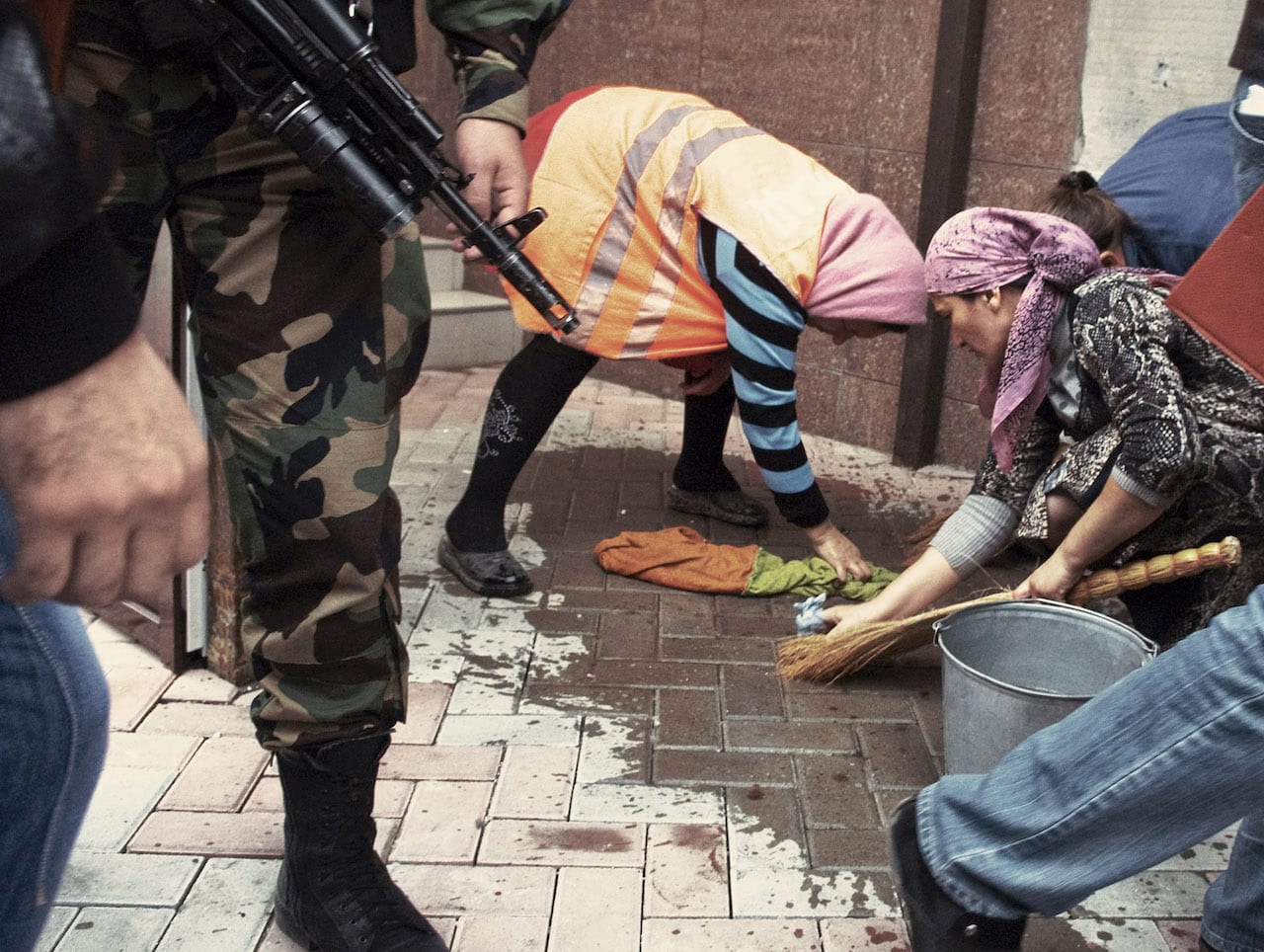
Les Rencontres d’Arles is the most prestigious photo festival in the world – that’s beyond question. But according to a high-profile group of photographers, curators, and writers, there’s still more that it could do. They’ve got together to sign a public letter to festival director Sam Stourdzé, which urges him to include more exhibitions by women in the main programme at Arles, and which was published in the French newspaper Libération on 03 September.
The letter is signed by influential industry figures such as Iwona Blazwick, director of the Whitechapel Gallery; Victor Burgin, Professor Emeritus of History of Consciousness, University of California, Santa Cruz, and Emeritus Millard Chair of Fine Art at Goldsmiths College, University of London; collectors Claire and James Hyman; and Olivier Richon, Professor of Photography, Royal College of Art, London, as well as photographers and artists such as Clare Strand, Sunil Gupta, and Anna Fox.
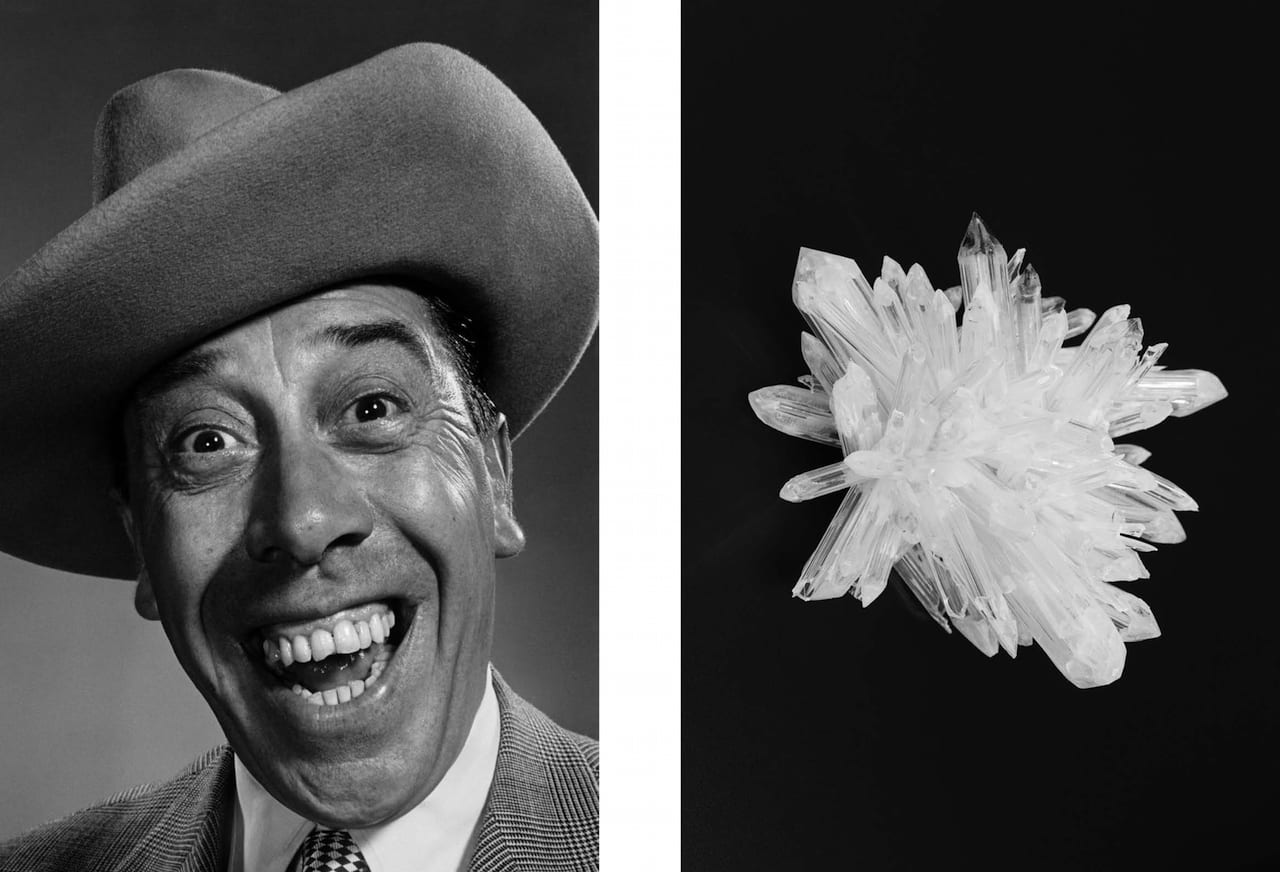
Three winners and one special mention have been announced for the 2018 Prix du Livre at Rencontres d’Arles – and in all four cases, the books use archival or found photography. The Author Book Award went to Laurence Aëgerter’s Photographic Treatment, which is published by Dewi Lewis; the Historical book award went to The Pigeon Photographer, a collection of images by Julius Neubronner published by Rorhof; and – controversially – the Photo-text Book Award went to Adam Broomberg and Oliver Chanarin’s War Primer 2, which was first published by MACK in 2011 but reissued in paperback this year. A special mention went to Giorgio Di Noto’s The Iceberg in the Author Book Award, which is published by Édition Patrick Frey.
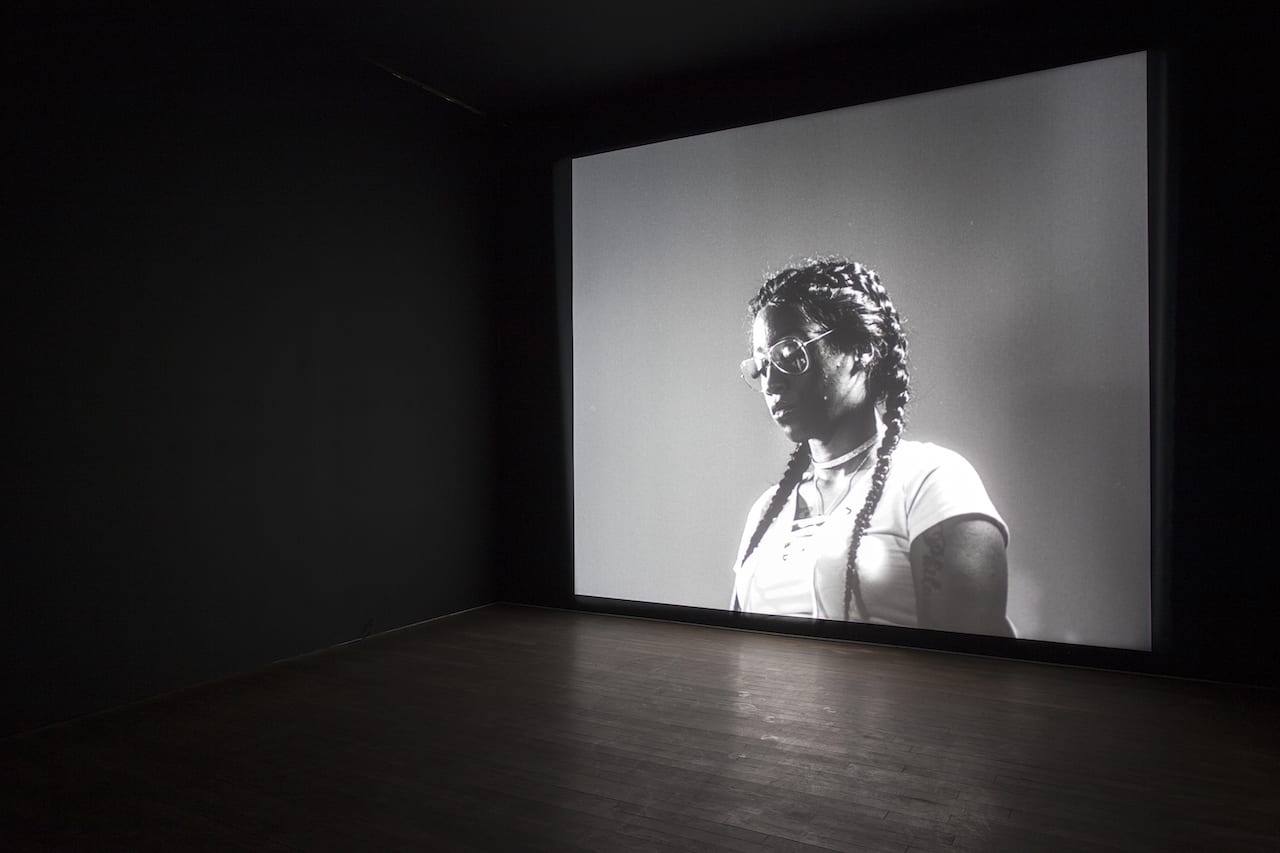
In July 2016, Diamond Reynolds’ partner was shot dead by a police officer during a traffic-stop in Minnesota. Reynolds used Facebook Live to broadcast the moments after the shooting, creating a video that became widely circulated, amassing over six million views, and which was also played to a jury as evidence in June 2017 – in a court case which saw the officer acquitted of all charges. In November 2016, Thompson invited Reynolds to collaborate on a project that would portray her in a different way to the original, publicly-consumed image. The resulting 35mm film, autoportrait, shows Reynolds apparently deep in thought and seemingly unaware of the camera, and is presented as a large-scale installation without a soundtrack. First exhibited in London’s Chisenhale Gallery in 2017, it’s been picked out of the winner of the £30,000 Deutsche Börse Photography Foundation Prize 2018, over the three other shortlisted artists – Mathieu Asselin, Rafal Milach, and Batia Suter.
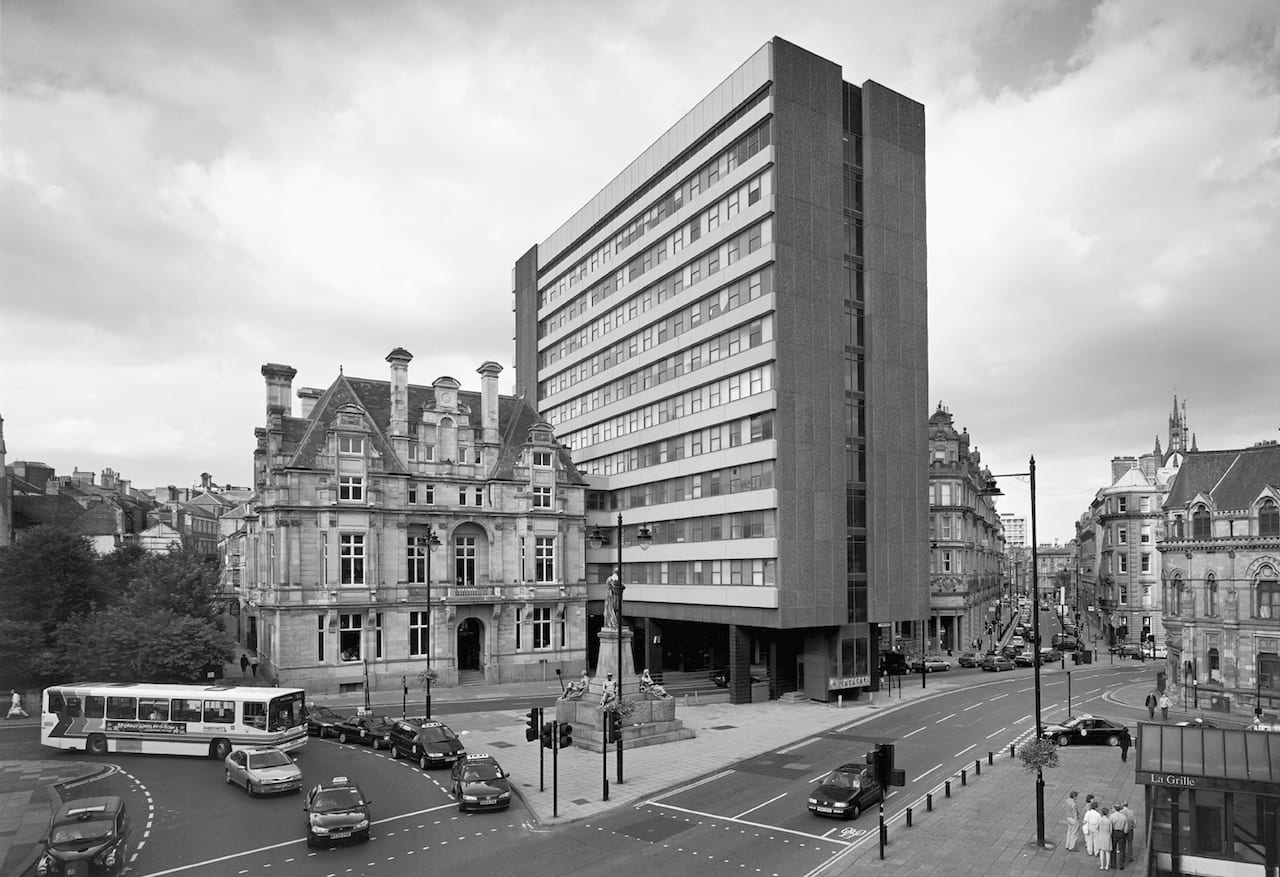
“The British Landscape…is a long-term ongoing project about the enormous changes that have taken place in the UK – the world’s first industrial society and the first to de-industrialise,” says John Davies. “Much of Britain’s infrastructure and the rapid expansion of industrial cities were created through the unprecedented growth of the Industrial Revolution. By the early 1980s, when I started this project, many of these large-scale industries and industrial communities were in terminal decline.”
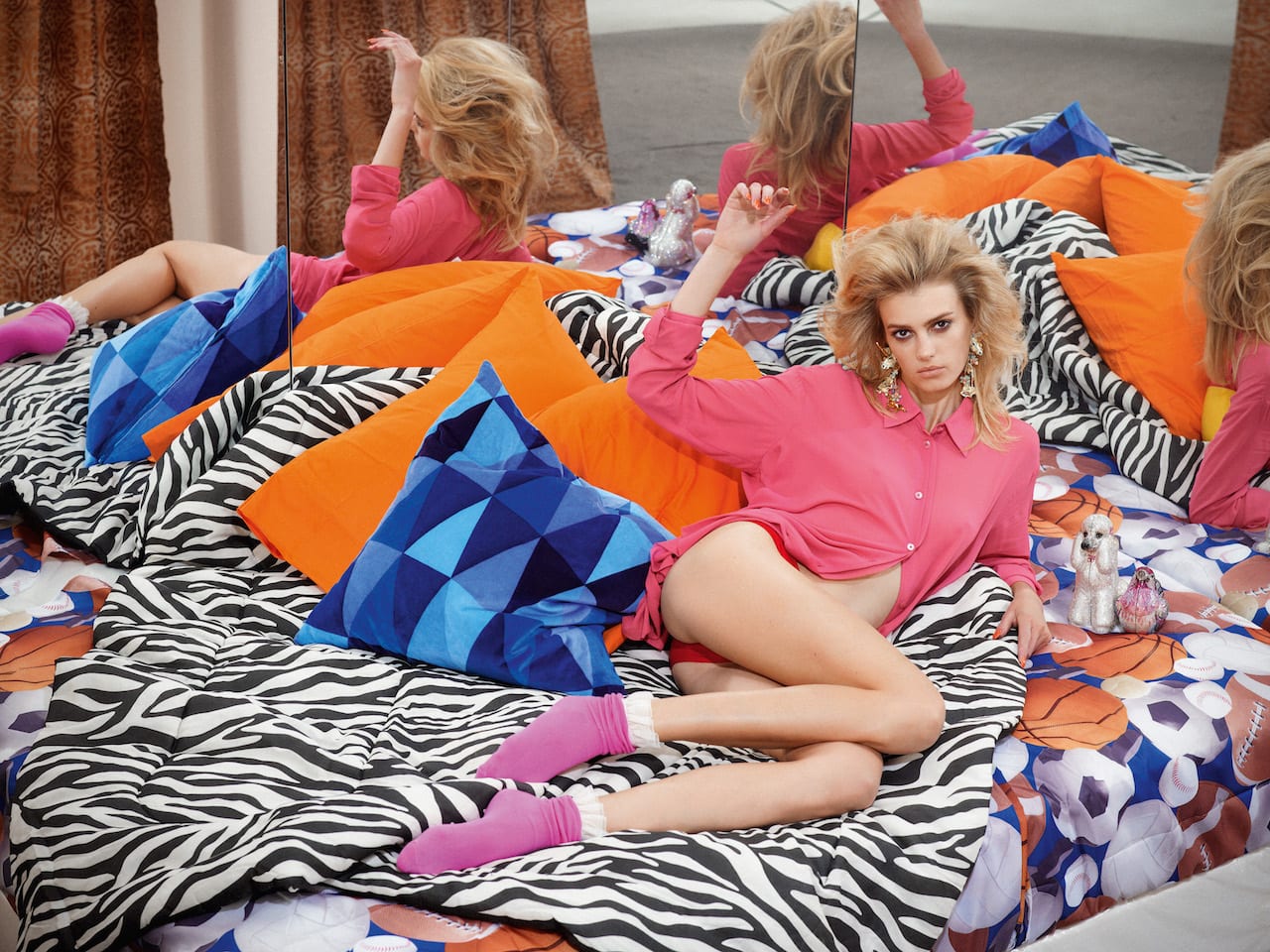
A queasy mash up of styles and colours, Sacrifice Your Body was first published in 2014 but is being celebrated this weekend at Paris Photo with a talk and a signing.